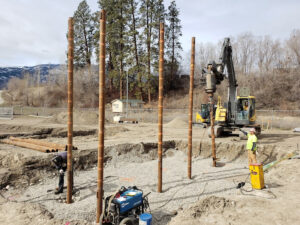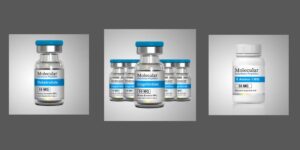
Air quality is a significant concern in laboratories and universities, as poor air quality can have numerous negative impacts on operations.
Breathing air systems can help address these concerns, and this blog post will provide a cost-benefit analysis of such systems while incorporating the Aircel BHD breathing air system, distributed by Air & Vacuum Process, Inc.
Don’t Let Poor Air Quality Ruin Your Research
The detrimental effects of inadequate air quality cannot be overstated, particularly with regard to academic and research facilities.
If the air quality isn’t up to scratch, it can seriously mess with the groove of things. As such, it is crucial to understand the benefits of breathing air systems, such as the Aircel BHD breathing air system, to address these concerns.
What is a Breathing Air System?
A breathing air system is an advanced air filtration system designed to remove harmful particles and contaminants from the air, ensuring that it is safe for human inhalation.
The Aircel BHD breathing air system employs a unique dual tower regeneration process that effectively and efficiently removes a wide range of contaminants, including dust, dirt, water, oil, hydrocarbon vapor, and potentially dangerous levels of carbon monoxide.
The Aircel BHD Breathing Air System
The Aircel BHD breathing air system is an innovative and cutting-edge fully automatic breathing air system. The system includes a high-quality Carbon Monoxide (CO) Monitor as a standard feature, constantly sensing CO concentrations to ensure the safety of all users.
In addition to its advanced capabilities, the BHD Series includes a high-quality coalescing pre-filter, activated carbon after-filter, and a particulate final filter as standard features, demonstrating its superior quality and reliability.
The Aircel Programmable Controller (APC) allows for complete control of the system with detailed and descriptive text outlining each step in the sequence of operation.
Benefits of Breathing Air Systems
Breathing air systems have numerous benefits, including improved air quality, energy savings, and regulatory compliance.
In laboratory and university settings, breathing air systems are proving to be a valuable investment in promoting the health and productivity of personnel working in these environments.
The Cost of Poor Air Quality
The cost of poor air quality in laboratories can be significant. Decreased productivity, increased absenteeism, and heightened risk of accidents or illnesses can all result from poor air quality.
By implementing a breathing air system, such as the Aircel BHD breathing air system, laboratories, and universities can address these concerns and improve operations.
Monitoring CO Levels with Breathing Air Systems
Monitoring CO levels in laboratories is critical to ensuring the safety of researchers and other personnel working in the laboratory.
The Aircel BHD breathing air system includes a high-quality Carbon Monoxide (CO) Monitor as a standard feature, constantly sensing CO concentrations to ensure the safety of all users.
Poor air quality can have significant negative impacts on laboratory and university operations. Breathing air systems, such as the Aircel BHD breathing air system, can provide numerous benefits, including improved air quality, energy savings, and regulatory compliance.
Additionally, monitoring CO levels in laboratories is critical to ensuring the safety of researchers and other personnel working in the laboratory.


